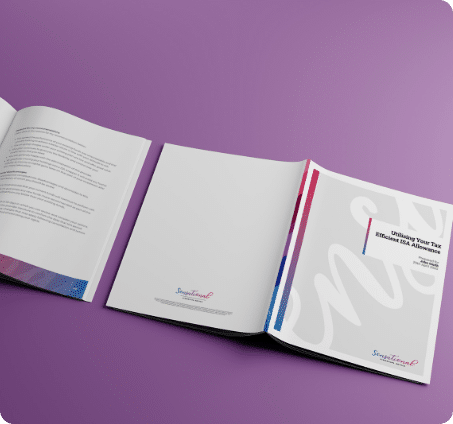The majority of reports that we view contain ‘advantages’ rather than ‘benefits’.
Advantages are often generic statements that are found in the product provider brochure. By only including ‘Advantages’ it normally demonstrates a weakness in ‘Know your Customer’ gathering and or a ‘lazy’ sales process. ‘Advantages’ are often a guess and have a ‘so what’ element to them. ‘Benefits’ however link the aspects of your recommendation and or features to the clients circumstances and views. For example:
Advantage
With this investment, switches between funds do not incur a personal liability for capital gains tax. This could be useful if you are already making use of your annual capital gains tax allowance elsewhere.
Benefit
When you make switches between funds within this investment, you will not be personally liable for capital gains tax. This is a useful benefit as you are already making use of your annual capital gains tax allowance elsewhere.
In order to explain why your advice is suitable you need to make a direct link between a feature and the clients circumstances, this means making ‘Benefit Statements’.







Questions, questions…
Paul Jay Compliance 2023, FCA, Periodic Review, PI, platform, training, vulnerable, Xplan
As a result of firms needing to implement Consumer Duty this year (and many still don’t appear to have their act together yet), there hasn’t been much output from the regulator in the latter half of 2023. That has changed. In recent weeks the FCA seems to have issued more paper than confetti at a […]